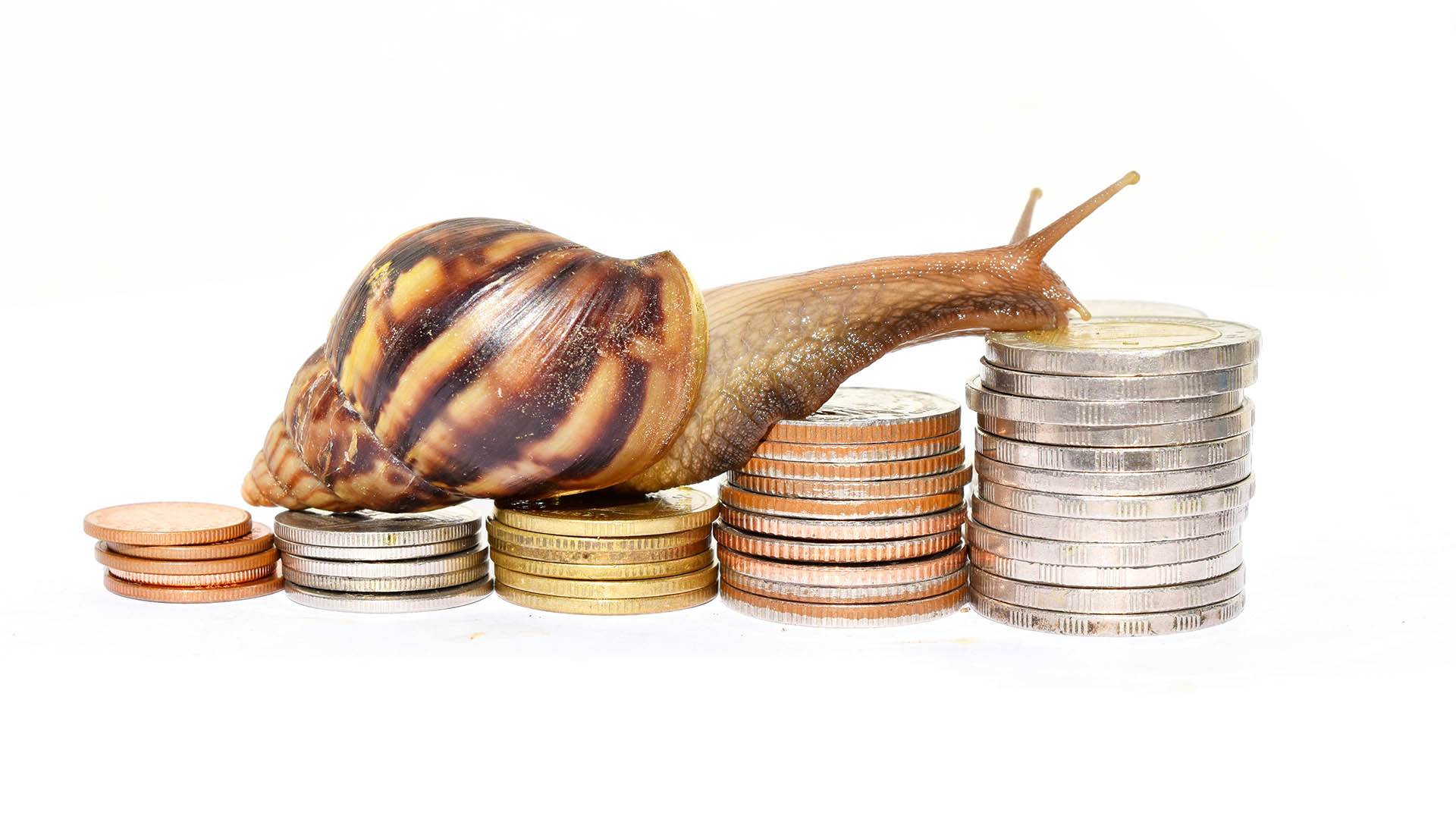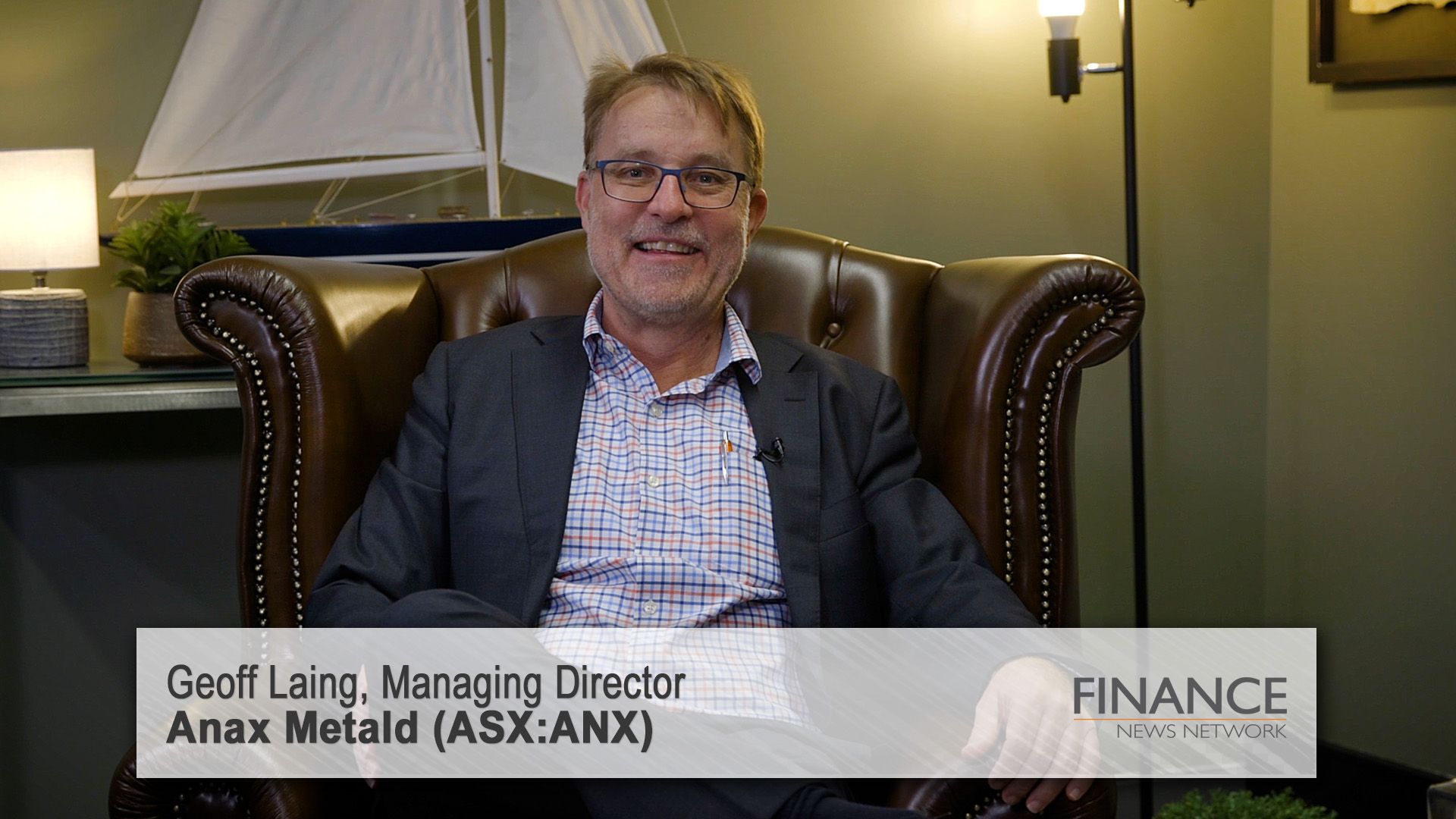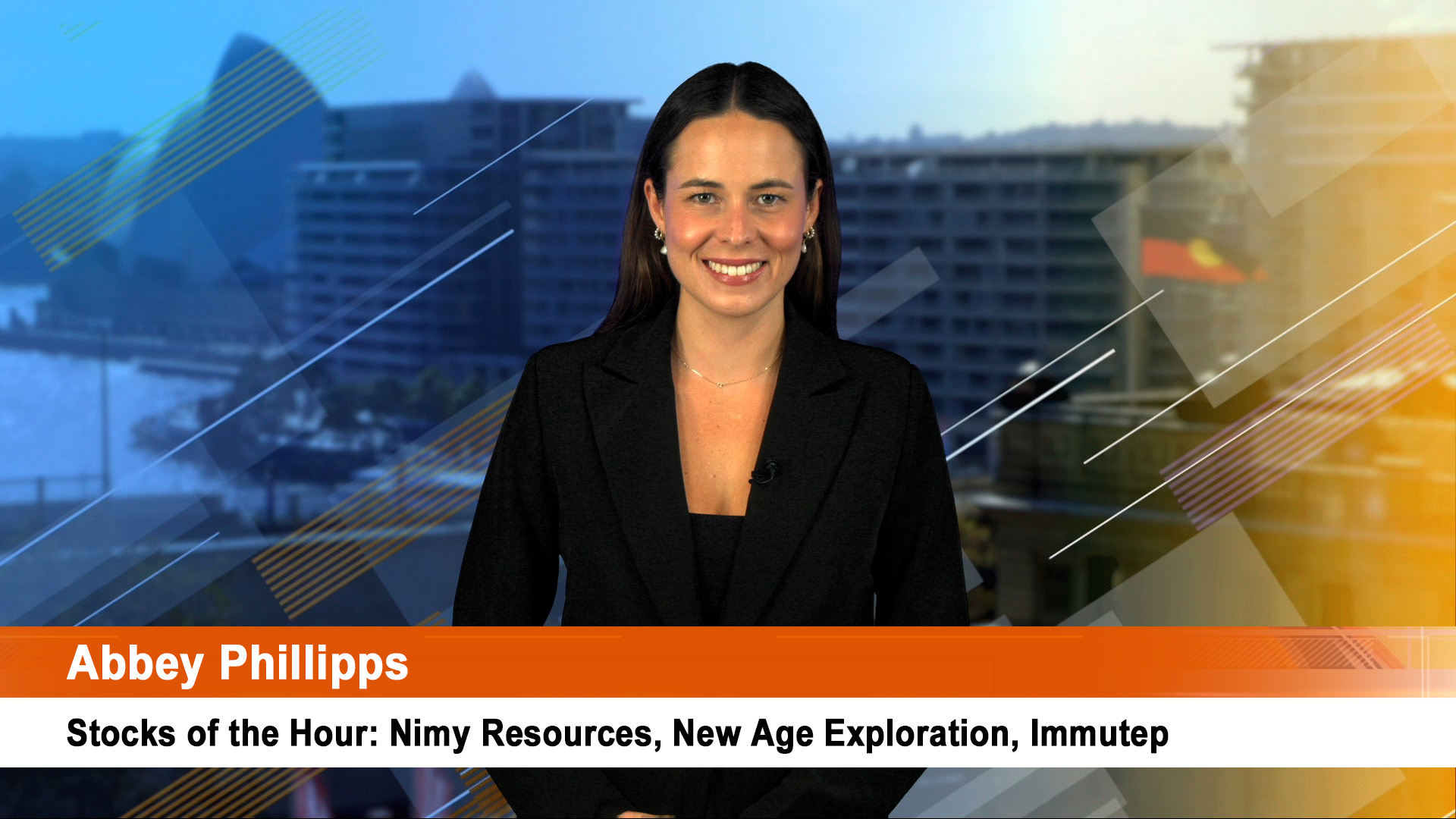Shares in Bendigo and Adelaide Bank ended higher yesterday after the bank produced a reasonably strong first half profit.
The shares rose 3% to $10.20, a rise of 30c on a day when the overall market went nowhere except to fade in late trading.
The shares had been up by just over 6% during the day, but also came back in the afternoon.
The rise was despite the bank not lifting dividend, in spite of reporting a doubling in net profit and a solid rise in cash earnings.
Interim dividend has been held at 28 cents a share despite net earnings of $104 million.
That’s a company’s board and management telling shareholders and the market they are not as optimistic about the coming six months as one might think from the profit lift.
The bank is hanging on to its cash to see exactly how the current recovery pans out and if it will be sustained over the rest of this year.
Cash earnings, the preferred measure of banking profitability (because it strips out unrealised gains or losses related to asset values) rose a more realistic 24.4% to $139.7 million.

Cash earnings per share rose to 41.2 cents, returning to pre-global financial crisis levels, Bendigo said in its filing with the ASX yesterday.
Bendigo said it remained cautiously optimistic about future financial performance.
"Bendigo and Adelaide Bank remains cautiously optimistic about future financial performance.
"While it expects to deliver strong financial results in the coming reporting period – supported mainly by a stable net interest margin and sound credit conditions – asset growth will continue to be dictated by broader economic conditions," the bank said.
Bendigo’s net interest margin recovered to 2.09% from 1.66%, as forecast.
"Net interest margin on a run-rate basis reached 2.27 per cent in December 2009, and is expected to be maintained at around these levels into the next reporting period," the bank said.
"Forecasts of an increasing official cash rate are expected to assist margin expansion. However this will be offset by continued strong competition for retail deposits – and retail term deposits in particular.
"Despite this competition, the Bank continues to roll more than 80 per cent of term deposits at maturity, and has grown its retail funding base over the reporting period."
Chief executive Mike Hirst said in the statement the bank’s actions early in the financial crisis helped it recover quickly.
"Our early action to de-risk the balance sheet and prepare ourselves for a period of market dislocation has paid dividends over the period, as evidenced by the significant and sustainable recovery in net interest margin and profit," he said.
"Our ability to compete for retail deposits on the basis of customer service and value has provided the company with an effective and affordable funding source.
"This combined with emerging opportunities in the wholesale and securitisation funding markets should provide our shareholders with continued reason for optimism."
"An improvement in revenues over the reporting period resulted in a lower cost to income ratio – from 63.7% in June 2009, to 57.7% in December 2009.
"Our ability to compete for retail deposits on the basis of customer service and value has provided the company with an effective and affordable funding source.
"This combined with emerging opportunities in the wholesale and securitisation funding markets should provide our shareholders with continued reason for optimism.
"Credit quality remains exceptional across the majority of our loan portfolio.
"This reflects not only the strength of the Australian economy and employment market in general, but also the sound underwriting standards and low-risk nature of our portfolio," the company said in the ASX statement.













